- Local art infuses packaging with unique cultural motifs that resonate globally, creating a distinct brand identity.
- Cultural traditions influence color schemes and patterns in packaging, giving products international appeal through visual storytelling.
- Global packaging designs often incorporate local artistic techniques, celebrating cultural heritage and fostering cross-cultural appreciation.
Been thinking, you know, about how local art and culture can influence global packaging designs. Like, does a country's traditional art or culture make its way into the packaging designs of global companies? And if so, how extensive is this influence? Will a soda can in Japan have design elements from traditional Japanese art? Hoping y'all can help me figure this out, thanks!
Just curious, but have you guys considered how technological advancements have influenced traditional design conventions in packaging? Could this be a factor too?
With our network with packaging suppliers along with a huge international network, we provide customizable logistic packaging services as per the needs and requirements of our clients, in order to maintain continuous product development and greatly reduce the spending for packaging solutions.
So let's dive into the role of cultural heritage in packaging, especially when it's about creating a unique brand identity. Brands often leverage cultural symbols to resonate emotionally with consumers, fostering a sense of authenticity and provenance. This cultural nod can vary— from subtle motifs to overt traditional designs. It's about striking the right balance to appeal to both locals proud of their heritage and to the global market craving exotic flavors. Using these cultural cues can differentiate products in a crowded marketplace, but it's crucial to do so respectfully to avoid cultural appropriation. It's like walking a tightrope; you've got to do your homework to get it right. Researching the roots, understanding the significance of cultural elements, and sometimes even collaborating with local artists can ensure that designs honor the culture they draw from.
Absolutely, and one interesting angle could be the consumer's reaction to these design choices. It's fascinating to see if people tend to prefer products that showcase their local art and culture on a global stage, or if such designs primarily attract international consumers looking for something unique. Also, how do these designs impact the perception of the brand's authenticity?
Well, one thing that doesn't often get talked about is how sometimes, these cultural-inspired designs might not translate well globally. There's a risk of diluting the original cultural significance, especially if the design elements are plucked out without context. Does the global audience actually get the cultural story behind the design, or does it just become a pretty pattern to them?
For sure, that's a solid point about meaning getting lost in translation. And then, have you thought about the flip side—how designers from one culture reinterpret another's art? Could lead to some fresh takes or some serious missteps. What's your take on that?
How do you think advances in sustainable materials and eco-friendly practices are impacting the incorporation of local art into packaging designs? Are there instances where the drive for greener packaging is actually amplifying the use of traditional aesthetics or methods?
Consider the concept of minimalism in this context—how it's not just an aesthetic, but can magnify the cultural element due to its simplicity and focus. Minimal design might actually enhance the cultural story you want to tell.
And imagine if packaging went full historic—like, buying a drink in a can that looks like an ancient artifact. Would probably make grocery shopping feel like a treasure hunt!
Do you think there\'s also a potential downside to using traditional designs in packaging regarding market saturation? Like, could customers ever get tired of seeing cultural motifs, leading to a decline in their effectiveness? What strategies might companies use to keep these designs fresh and appealing?
- How do changing consumer behaviors, like the move to online shopping, impact packaging needs? 3
- How do packaging designs address the growing trend of DIY kits or self-assembly products? 4
- What are some alternative packaging solutions you've seen in the automotive industry that impressed you? 12
- How do different lighting conditions (e.g., store lights vs. daylight) affect packaging appearance? 5
- What are your thoughts on the environmental impact of paper alternative coffee cups? 8
- How do packaging designs cater to the growing trend of experiential or hands-on learning products? 1
- How are companies using packaging to enhance the educational or informative aspects of products? 5
- Do you prefer bread that is packaged in paper bags with windows, or does the packaging not affect your purchase decision? 11
- What's the impact of oversized packaging on waste and the environment? 4
- Have you implemented any innovative solutions to reduce waste in your internal packaging? 13
- What are the challenges of using biodegradable materials in packaging? 382
- What are the latest technological advancements in packaging machinery? 305
- What are some challenges you have faced with automotive packaging, and how did you overcome them? 291
- Are there any concerns regarding the food safety or longevity of bread stored in paper bags with windows? 289
- How would you improve the current design of paper shopping bags to make them more user-friendly or sustainable? 285
- What's the process for quality assurance in our packaging production? 283
- Can you share some tips on how to reduce the use of consumable materials? 281
- Have you encountered any problems when using paper shopping bags in certain weather conditions? 279
- How does the feel and usability of HDPE bags compare to other materials such as paper or fabric? 273
- How do you balance the need for protection and efficiency in your internal packaging processes? 268
Blog Posts | Current
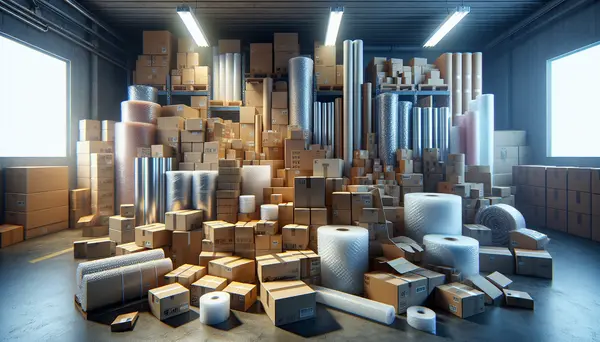
Understanding Packaging HSN Codes
Introduction to Packaging HSN CodesWhen it comes to the realm of packaging, understanding the complexities and details can often be...
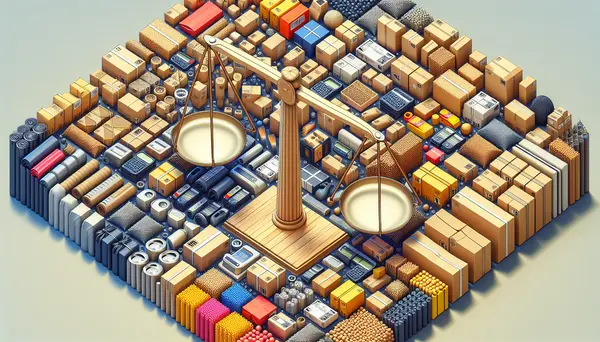
Negotiated Price vs. Demand Quantities: A Detailed Examination
Price negotiation and demand quantities are two significant factors affecting both the supply and demand of goods in the market....
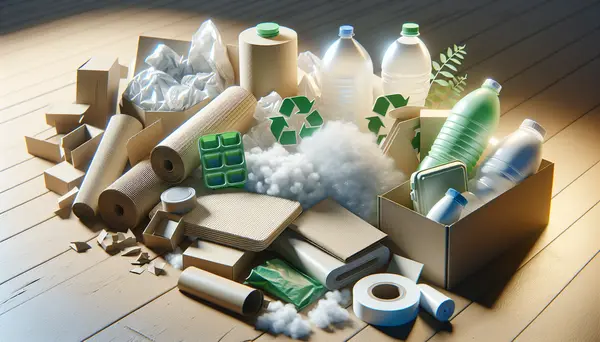
Sustainability in Packaging Design
Introduction As environmental concerns continue to gain prominence in public and corporate consciousness, the topic of sustainability in packaging design has...
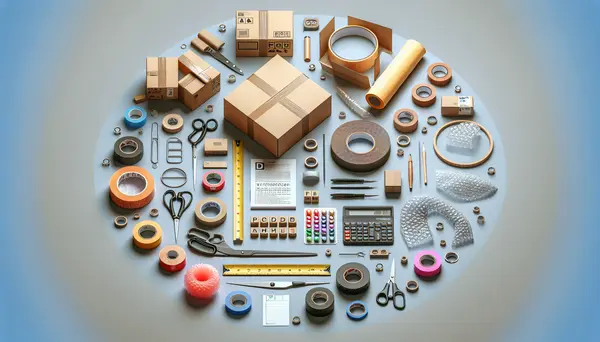
The Cornerstones of Effective Packaging Design: Key Rules to Consider
Introduction Packaging design is far more than a mere protective cover for a product. It is a potent communication tool that...
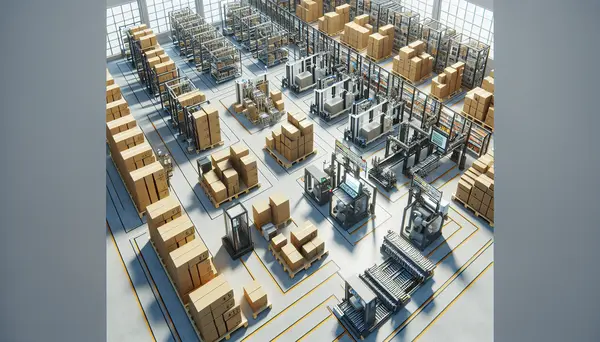
Efficient Solutions for Managing a Packaging Warehouse
Understanding the Basics of a Packaging WarehouseFirst things first, let's delve into the basics of a packaging warehouse. Essentially, a...
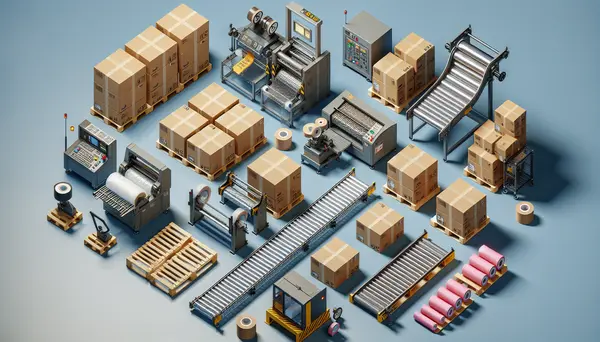
Industrial Packaging Production: A Cornerstone of Modern Manufacturing
Introduction Packaging is an indispensable part of any industry, providing a protective shield for products during their journey from the production...
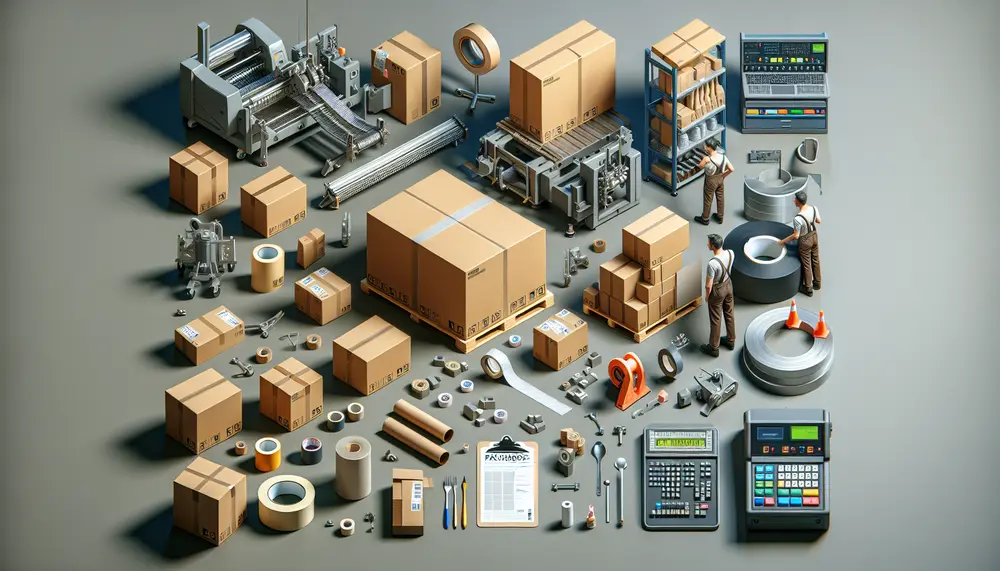
Becoming a Packaging Operator: Skills and Responsibilities
Introduction to the Role of a Packaging OperatorStarting a career in the packaging industry can be an exciting opportunity, especially...
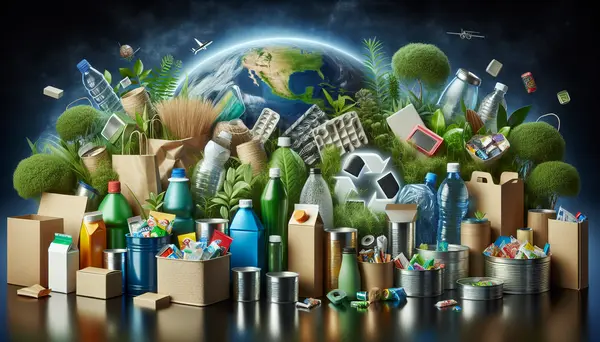
Recycling in Packaging: A Sustainable Approach for a Greener Future
Introduction Packaging is an integral aspect of every product that we consume or use. However, the growth in consumerism and the...
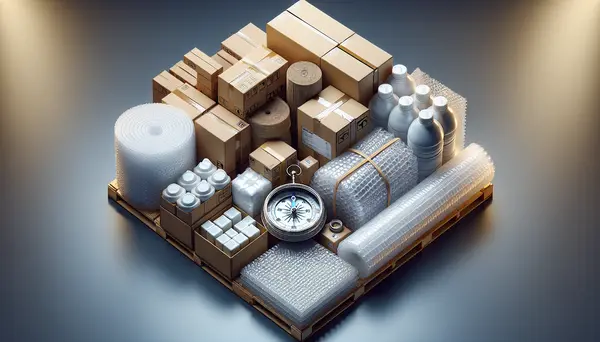
Navigating Packaging Regulation: Compliance and Industry Insights
Understanding Packaging Regulation: A Brief OverviewThe world of packaging regulation can be a complex maze to navigate. However, understanding these...
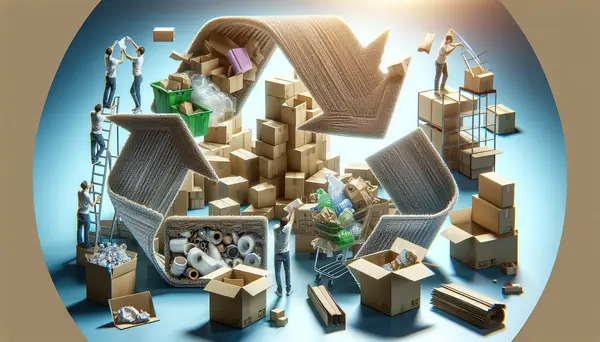
Effective Strategies to Minimize Packaging Waste
Understanding the Importance of Minimizing Packaging WasteIn an increasingly consumer-driven society, the growing problem of packaging waste cannot be ignored....

